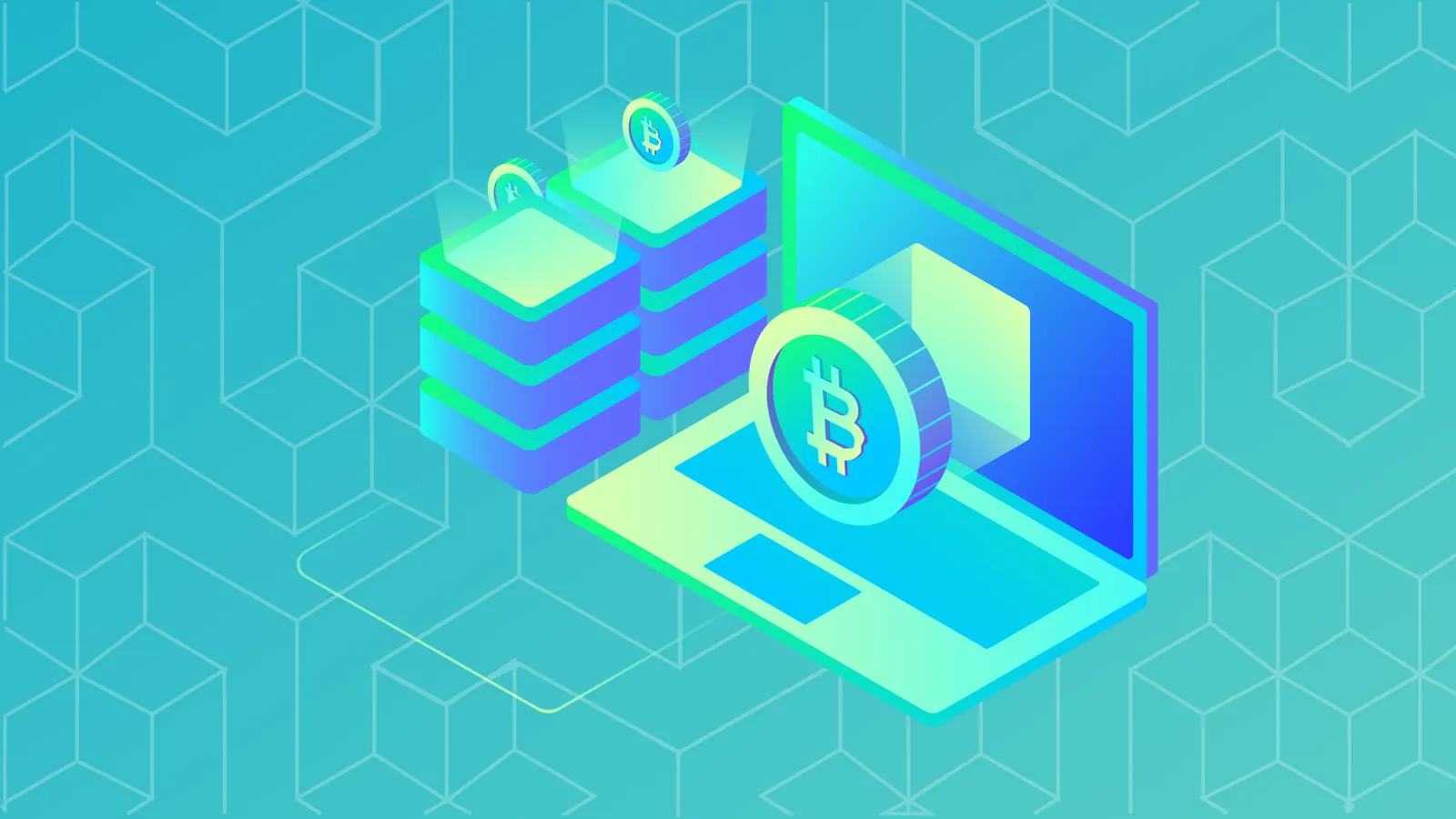In the non-digital world, we exchange money, goods and services by physically handing things over. In the world of blockchain, that process has a few more steps. In this guide we take you through the basics of how this works, as well as explain the difference between public and private keys.
The sending checklist
Sending currency across a blockchain involves a number of steps.
- 🔑 Keys - First you need the public key of the person or company you want to send your money or tokens to.
- ✍️ A request - You tell the network you want to send some of your currency to someone else. You do this via the software the network uses. The simplest and easiest way is to use a Wallet
- 📚 Check the records - The nodes on the network peer through the records on the blockchain to make sure you have the currency to spend, and you haven’t already spent it.
- 🗄️ Filing - Once the network confirms the transaction can go ahead, it adds it to the existing block of transactions to be verified by nodes.
- 👮 Security - Once that happens it can’t undone or tampered with, as every other transaction in that block will have to be resubmitted, which would give everyone a bit of a headache.
Public and private keys
Before the above happens you need a set of keys: one public, one private. These are essentially really long numbers, often around 64-digits long. They are tied to each other - and you need both in order to send and receive currency on the network.
Did you know?
Fun fact: the network can tell your public and private keys are connected without having to know what your private key is. Clever, huh?
Your Public Key is what you share with your sender/recipient. You can share this key with as many people as you like.
Your Private Key is the key you keep to yourself. This is connected to your public key using cryptography and acts as a digital signature for the transaction.
In order for you to access the information sent to you, you need both keys.
Imagine a box where your public key can open one compartment. Someone puts your money in there and closes the box. Once closed, that money drops into another compartment that can only be opened with your private key.
However, there is only one private key to this box. If you lose it, the money can’t be accessed. Luckily, some wallets have a backup feature for when you lose your private key.
Find out more about cryptocurrency wallets
Did you know?
Nearly 4 million Bitcoins have been lost so far, nearly 25% of the total currency in circulation.
Wallets
Your wallet isn’t quite like the wallet you keep in your pocket. It doesn’t hold any currency, it’s a bit of software or an app that holds your keys.
Your wallets also have the ability to initiate the sending and receiving of currency.
You can store a wallet on your desktop, laptop, or even your phone.
While we’ve been talking about the idea of moving money across a blockchain network, transactions can be used to several different things including:
- ✍️Contracts
- 📝 Records like birth certificates or deeds to property
- 📽️ Music, films, even art!
We've created a whole post just for wallets if you want to know more.
The Future
The special way blockchain handles transactions has so much potential! Because no middleman is required to create trust, it means anyone anywhere can exchange goods or services. It's what's known as a Trustless System
Now that is revolutionary.






